A guest: Nomi Tannhauser working with placticine
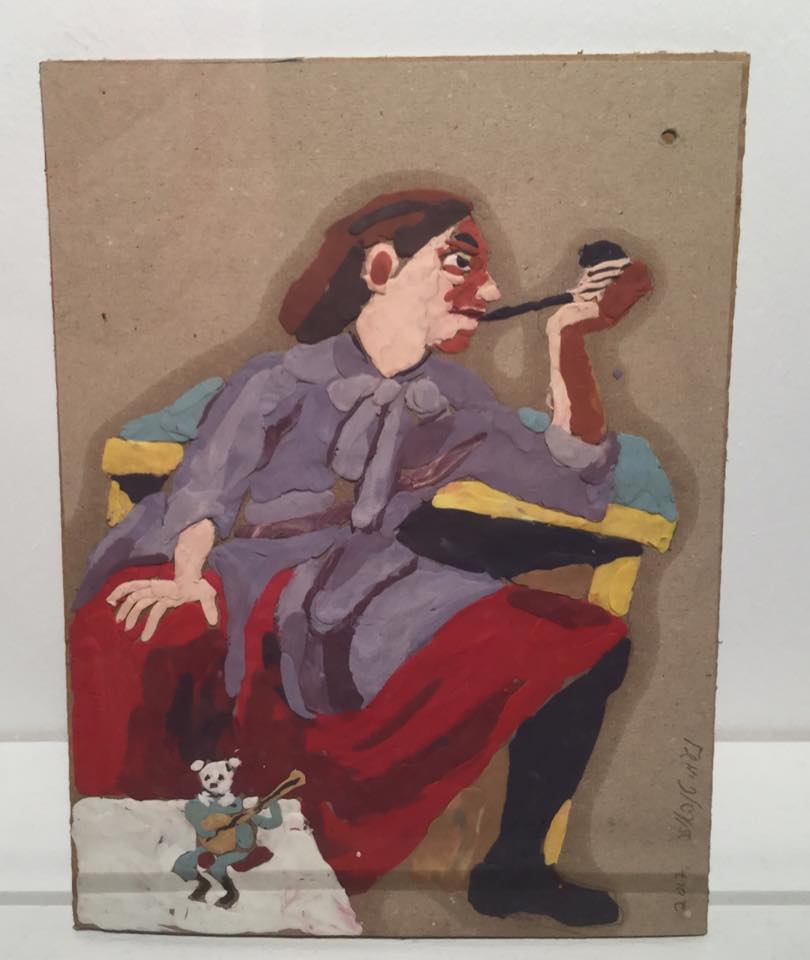
It is quite seldom that we come across an artist text about the medium he uses beyond the technical aspects. Curators write about it even less. I am in search of such texts. The actions and mediums are my foundation inner talk as an artist, therapist and educator.
The Spirit of Matter’s starting point are materials and the studio as the environment for art processes.
I would like to share a short citation from the E-book, conserning placticine, called also modeling clay, often used in therpay and schools. Then, instead of sharing children’s work – I will desplay interesting artwork and text by Nomi Tannhauser, who uses this medium in a kind of an ironic way to express her inner world. I belive her artwork and text, widens the perspective of this medium’s emotional and spiritual qualities.
Modeling Clay
Keywords: intimacy, joy, miniature, optimism, playfulness, pleasure, sensuality, success, tactility, 3D
Medium Characteristics: Modeling clay is a flexible plastic sculpturing material, which comes in the shape of blocks in all colors. It has a very specific odor and a greasy feel when kneaded. It is affected by external temperature and will therefore be hard in the winter and soft in the summer.
Therapeutic and Spiritual Significance: Modeling clay is closely associated with childhood. Its comes in a rich variety of colors and is very simple to handle, thus encouraging playfulness and joy. It is easy to build with and pull apart, and lends itself to modification and change, reflecting a general atmosphere of optimism and even magic…….”
Orbach Nona & Galkin Lilach. The Spirit of Matter – A Database Handbook for Therapists, Artists and Educators
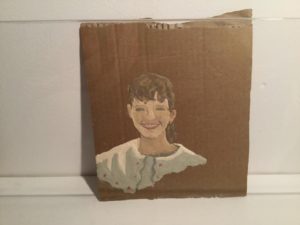
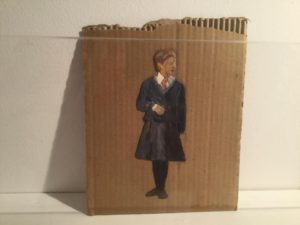
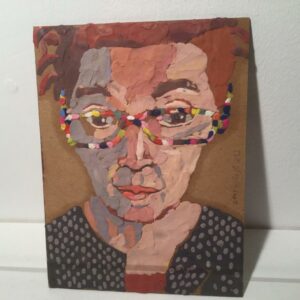
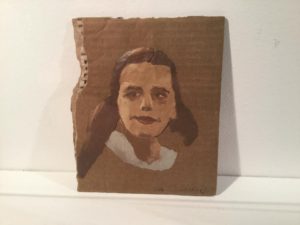
Plasticine as a Subversive Substance
Nomi Tannhauser, 2017My plasticine work derives from a few directions: First of all it contains the experience of the material, the immediate touch of the hands without intervention of a paintbrush or any other tool. The mixing of the colors, the kneading, the laying and the smearing of the substance are done solely with the hands and therefor create proximity and intimacy with the work.
Along with this is the bodily sensation of the plasticine itself – its texture, its oiliness, its readiness to surrender to pressure, all these remind me more than anything of human body and make it suitable to work on figurative and corporal topics. But actually any topic I choose to depict becomes through this medium more physical, more of an extension of my own body.
Therefor, like the human body, plasticine does not live forever. This is probably the most important, vibrant and dynamic element that attracts me to it. The knowledge that the substance is not everlasting introduces an element of temporality and impermanence which makes the process aware of its limitations and also “easier”. Working with it is actually a subversive action in the fact that during the creative process it undermines itself and the notion of the eternity and the totality of art. Moreover, the difficulty to control it frees part of my perfectionism and dictates me a form work that is relatively fast not overdone. And so, similarly to the “Vanitas” paintings, the work in plasticine declares that along with the immense meaning that is given to it by its very creation, it is aware of the fact that it has no significance beyond this moment
I thank Michaela Mende Janco for sharing this exhibition on her Facebook page and for the photographs.